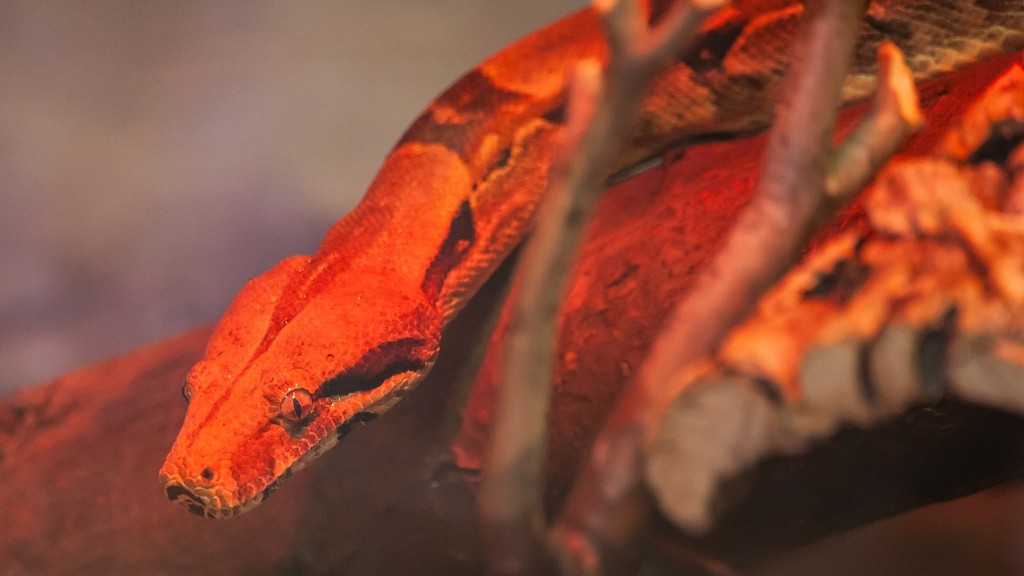Python Snake Found Under House in Florida
In a recent incident reported in Florida, a rather unexpected guest was found lurking under a house – a python snake. This incident has brought attention to the issue of invasive species and the potential risks they pose to local ecosystems.
Introduction
Florida, known for its diverse wildlife, is no stranger to encounters with exotic species. However, the presence of a python snake under a residential dwelling highlights the potential threats posed by invasive species, which can disrupt local ecosystems and have detrimental effects on native flora and fauna.
The Invasion of the Python Snake in Florida
Python snakes, native to Southeast Asia, have established a foothold in the Everglades and other regions of Florida. They were introduced to the area through the pet trade, with some individuals releasing their pythons into the wild when they became too large to handle. Their adaptability and reproductive capabilities have allowed them to thrive in this new environment, resulting in an increasing population that now poses a significant ecological challenge.
The presence of python snakes in Florida is particularly concerning due to their sizable appetite and ability to prey on a wide range of species, including small mammals and birds. This predation can disrupt local food chains and contribute to the decline of native wildlife populations.
The Underlying Risks
The discovery of a python snake under a house in Florida emphasizes the potential risks associated with this invasive species. Not only can they cause structural damage to properties by seeking shelter in confined spaces, but their presence also poses a threat to the safety of residents, especially if they feel threatened or cornered.
Furthermore, the ecological impact of python snakes extends far beyond individual incidents. Their feeding habits can disrupt the delicate balance of ecosystems and lead to cascading effects throughout the food web. The loss of native species can have far-reaching consequences, affecting the pollination of plants, seed dispersal, and overall ecosystem stability.
Current Efforts to Mitigate the Python Invasion
The Florida Fish and Wildlife Conservation Commission (FWC) has recognized the urgency of addressing the python invasion and has implemented various strategies to control the population. These efforts include targeted removal programs, public education initiatives, and encouraging responsible pet ownership.
Python removal programs involve licensed hunters who locate and capture pythons in the wild. This method helps reduce the impact of pythons on native wildlife and assists in monitoring population trends. Public education initiatives aim to raise awareness about the risks associated with invasive species and promote responsible pet ownership, reminding individuals to never release exotic animals into the wild.
The Role of Public Participation
Mitigating the python invasion requires the participation of both government agencies and the general public. In addition to implementing government-led initiatives, individuals can play a crucial role in preventing the spread of invasive species by reporting sightings, adhering to pet ownership guidelines, and avoiding the release of non-native species into the wild.
Through collective efforts, it is possible to curb the expansion of invasive species and protect the biodiversity of Florida’s unique ecosystems.
Conclusion
The presence of a python snake under a house in Florida serves as a reminder of the threats posed by invasive species. It is essential to address this issue collectively through effective management strategies, public engagement, and responsible pet ownership. By doing so, we can protect the delicate balance of ecosystems and preserve the rich biodiversity that Florida is known for.



